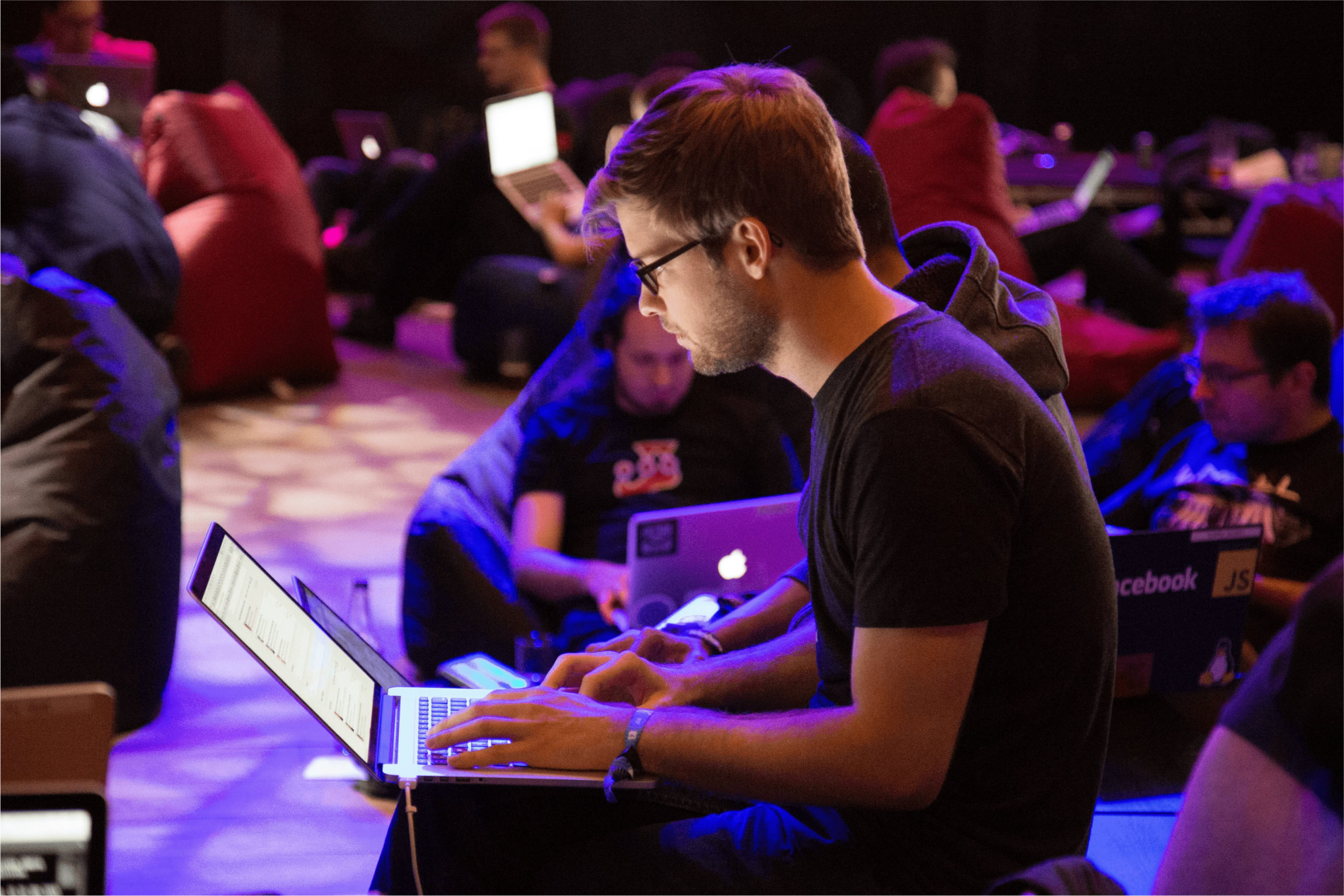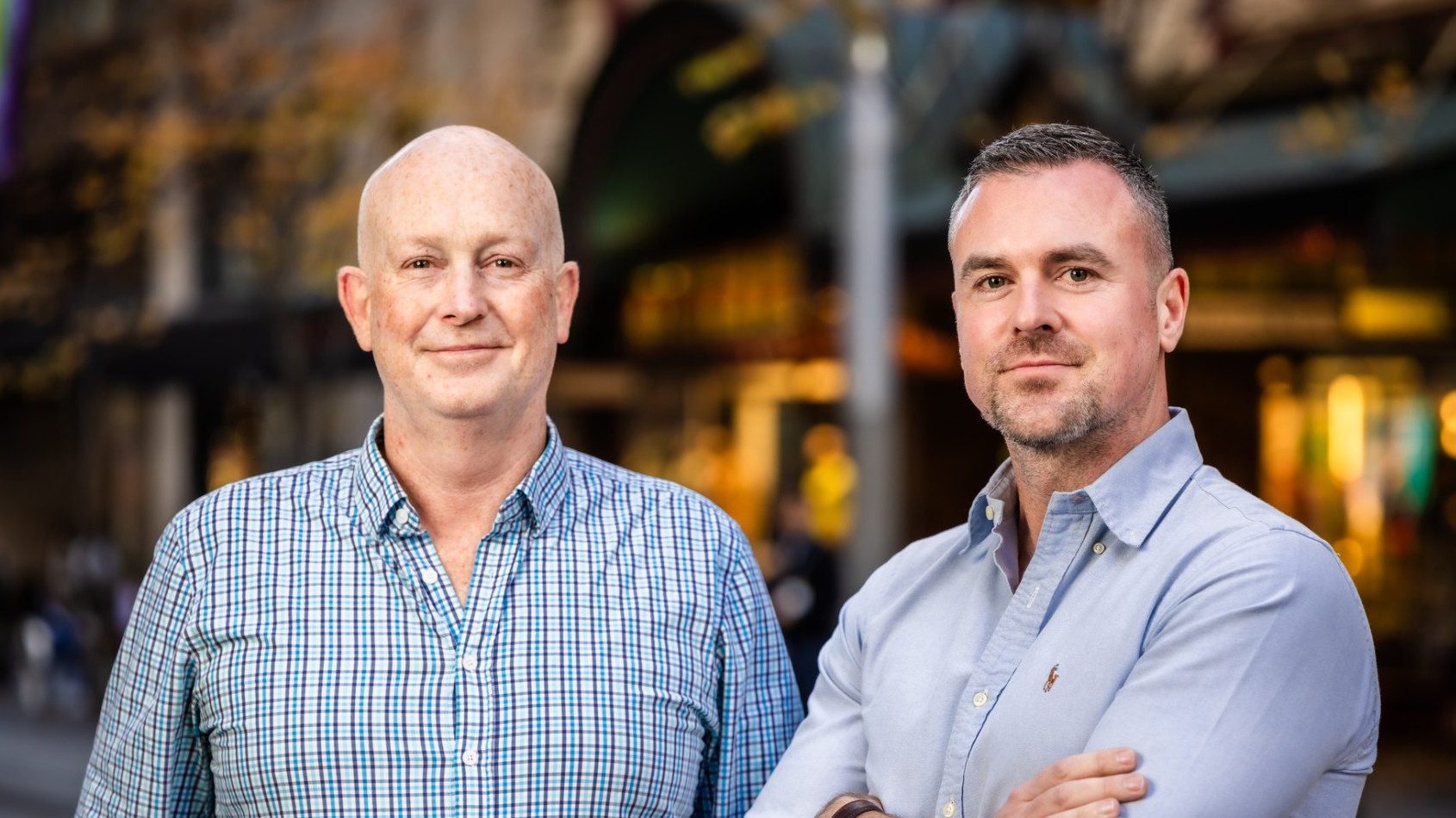
September 7, 2025
Australia’s technology sector is entering 2025 with renewed momentum after a turbulent few years of economic uncertainty, skills shortages, and rapid digital transformation.
From artificial intelligence reshaping how businesses operate, to hybrid work redefining where and how teams collaborate, global shifts are influencing how Australian organisations attract and retain tech talent.
For employers, staying ahead of these shifts is critical to remaining competitive in an environment where skills gaps persist and top candidates are in high demand. For tech professionals, understanding these hiring dynamics is equally important to navigating career growth, standing out in applications, and preparing for the roles of the future.
This blog explores the top five technology recruitment trends shaping the Australian market in 2025, from AI-driven hiring tools to the rising importance of soft skills and employer branding. Whether you’re an HR leader refining your strategy or a candidate planning your next move, these insights will help you adapt to the changing landscape.
Trend #1 – AI-Augmented Recruitment
Artificial intelligence is moving from buzzword to reality in recruitment. In 2025, Australian employers are increasingly adopting AI-powered tools for candidate screening, skills assessments, and interview scheduling. While global adoption of AI in recruitment has already surged past 70%, local uptake in Australia sits closer to 30%, though this figure is rising steadily as organisations recognise the efficiency gains.
AI chatbots are now handling initial candidate engagement, while advanced algorithms analyse applications at scale. Yet concerns around algorithmic bias, data privacy, and transparency remain front of mind. Candidates are asking: “Am I being assessed fairly?” Regulators, too, are keeping a close watch on compliance.
Takeaway for employers: AI offers speed and scale, but human oversight is essential to ensure fairness and trust. Striking the right balance between automation and a personal candidate experience will be critical.
Trend #2 – Skills-Based Hiring Over Degrees
Employers are shifting their focus from formal qualifications to demonstrable skills. In Australia’s competitive tech market, certifications, micro-credentials, and hands-on experience now carry more weight than traditional degrees. Demand is particularly high for cloud computing, cybersecurity, and AI expertise, with companies prioritising proven capability over academic pedigree.
This shift is expanding the candidate pool, opening opportunities for non-traditional entrants, career changers, and self-taught professionals who can validate their skills through coding bootcamps or industry-recognised short courses. For candidates, continuous upskilling has become non-negotiable.
Takeaway for employers: Broaden your sourcing strategies to include candidates from diverse educational backgrounds.
Takeaway for candidates: Invest in targeted certifications and ongoing learning to stay relevant.
Trend #3 – Tech Hiring Recovery & Talent Shortages
After a period of cautious hiring, the Australian tech sector is rebounding strongly in 2025. The Tech Council of Australia forecasts IT employment will grow by 27% this year, driven by demand in AI, data science, and cybersecurity. However, this recovery also highlights persistent shortages in critical skills, putting pressure on employers to compete for scarce talent.
Companies are responding with more creative sourcing strategies, partnering with universities, investing in reskilling programs, and exploring international talent pipelines. At the same time, employees are seeking roles with strong career progression pathways and professional development opportunities.
Takeaway for employers: Bridging the gap requires more than salary increases. Long-term strategies like internal upskilling, cross-functional training, and partnerships with education providers will be key.
Trend #4 – Remote & Hybrid Work as Talent Access Strategy
The shift to remote and hybrid work is no longer temporary, it has become a strategic advantage. In 2025, 65% of Australian employers have adopted hybrid models, enabling access to wider talent pools both nationally and internationally. This flexibility has been especially critical in filling niche roles in AI and cybersecurity where local supply is limited.
For candidates, hybrid arrangements are no longer a perk but an expectation. Employers that fail to offer flexibility risk losing talent to competitors, both within Australia and globally.
Takeaway for employers: Position flexible work as part of your value proposition. Clear, well-communicated hybrid policies are now a powerful differentiator in attracting top talent.
Trend #5 – Soft Skills, DEI & Employer Branding
In a market dominated by technical roles, soft skills are becoming just as important. Communication, adaptability, leadership, and problem-solving are increasingly prioritised alongside technical expertise. Employers are also investing heavily in diversity, equity, and inclusion (DEI) initiatives to create more representative teams that reflect Australia’s diverse workforce.
At the same time, employer branding has emerged as a make-or-break factor in recruitment. Candidates want more than just a job; they want to align with an organisation’s culture, values, and purpose. Companies that actively showcase inclusivity, wellbeing initiatives, and career development pathways have a significant edge.
Takeaway for employers: Build a compelling employer brand that highlights your culture and values, and communicate it consistently.
Takeaway for candidates: Highlight your adaptability and interpersonal strengths alongside technical expertise.
Conclusion
The Australian technology recruitment landscape in 2025 is defined by rapid change, innovation, and competition. From the rise of AI in hiring to the growing emphasis on soft skills and employer branding, these five trends underscore the need for adaptability on both sides of the recruitment equation.
For employers, the challenge is to remain agile: embracing new technologies, diversifying sourcing strategies, and fostering cultures that attract and retain top talent. For candidates, the focus is on continuous learning, demonstrating soft skills, and aligning with employers who share their values.
Those who act now will be best positioned to thrive in 2026 and beyond.
Employers: Looking to refine your recruitment strategy? Let’s connect.
Candidates: Want to position yourself for Australia’s fastest-growing tech roles? Explore our insights.












